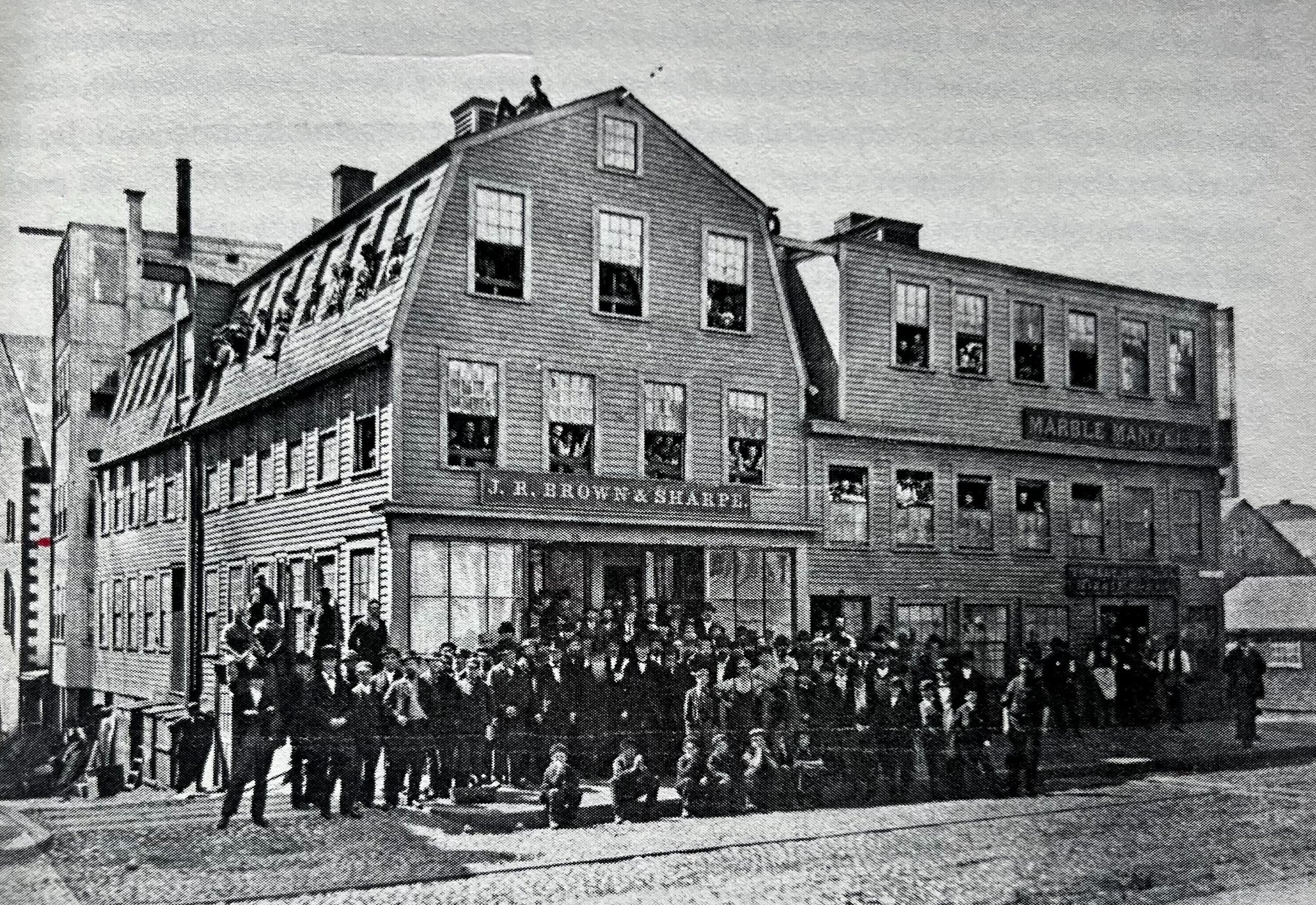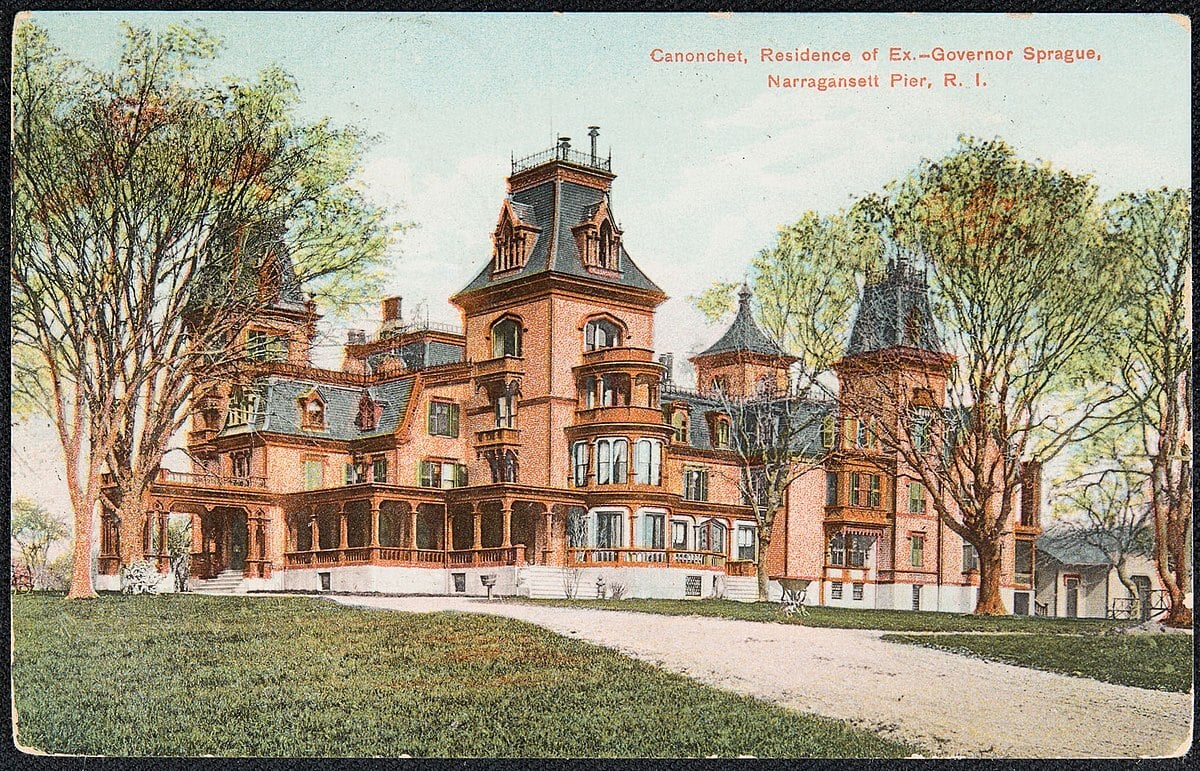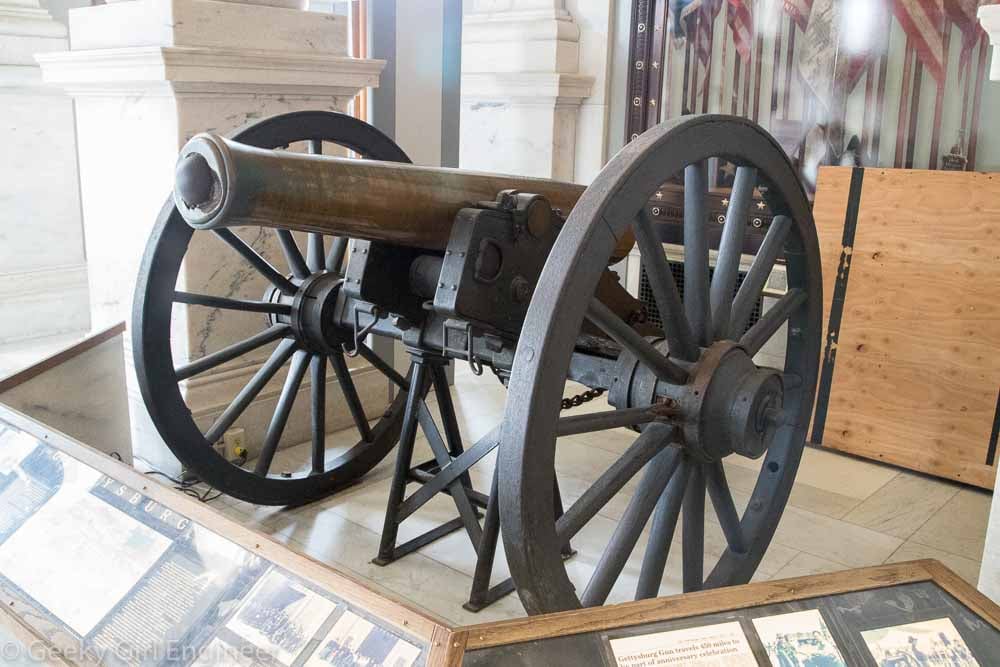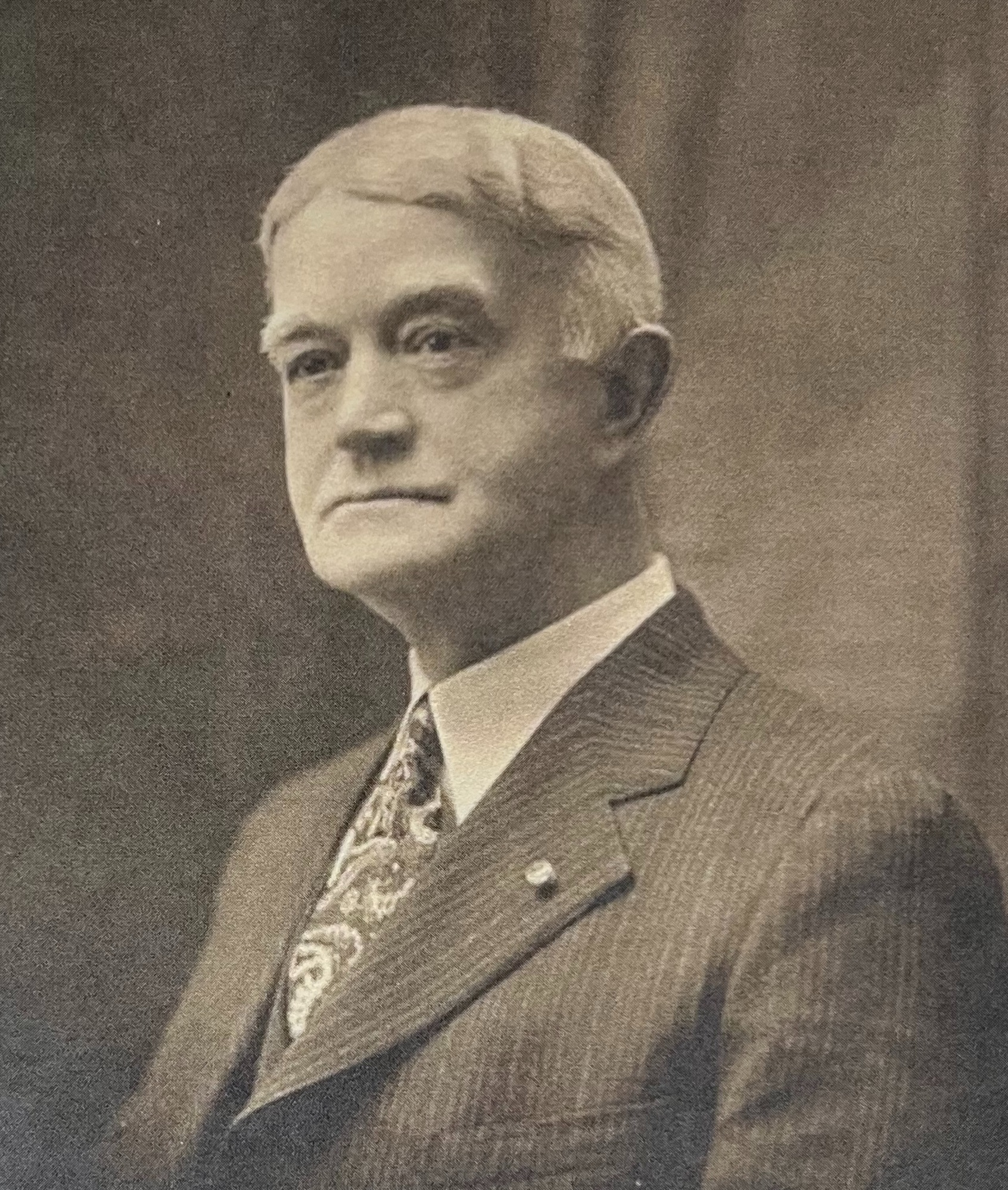Following a heroic performance by Battery B, First Rhode Island Light Artillery Regiment, at the Battle of Gettysburg, the Union goes on to win the American Civil War, allowing Rhode Islanders to celebrate the end of hostilities.
27 minutes | 1863 - 1865
Hear About:
📜The role the men of Battery B, First Rhode Island Light Artillery Regiment played in helping the Union in the Battle of Gettysburg.
📜The overall impact the state of Rhode Island had on the American Civil War.
📜The state of Rhode Island after the American Civil War.

Alfred Gardner
Private in Battery B, First Rhode Island Light Artillery Regiment.
Albert Straight
Sergeant in Battery B, First Rhode Island Light Artillery Regiment.
Thomas Brown
Lieutenant in Battery B, First Rhode Island Light Artillery Regiment.

South Main Street | Providence, Rhode Island
Although the building that was once home to Brown & Sharpe is no longer standing you can still walk down the street where it once stood. Formerly located at 115 South Main Street, their shop created the machines the Providence Tool Company needed to be able to produce of 70,000 guns for the Union Army over the course of the Civil War.

Canonchet Mansion | Narragansett, Rhode Island
William Sprague’s Canonchet mansion, built in the 1860s near Narragansett Pier, was a stunning example of the Gilded Age opulence that came to Rhode Island following the Civil War. The sprawling, 64-room estate featured imported Italian marble, hand-carved woodwork, and sweeping ocean views. Lavish gardens, elaborate fountains, and a private beach underscored Sprague’s immense wealth and political stature as a U.S. senator and industrialist. Though it was destroyed by fire in 1909, Canonchet remains a legendary piece of the state's architectural and social history.
-1-1.png)
Battery B's Position at "The Angle" During The Battle of Gettysburg
During the Battle of Gettysburg Battery B was positioned at a spot known as The Angle (see star in center of picture). The fighting at The Angle was particularly intense due to its strategic importance and the strength of the Confederate assault. It was at this location where General Lee focused most of his artillery fire during the afternoon of July 3rd. Then, shortly after Battery B was called off the field, Confederate forces attacked the center of the Union line, aiming to break through at this critical point. Thankfully, Union soldiers held their ground and the failure of Pickett's Charge marked a decisive turning point in the battle. The intensity of the fighting at The Angle remains one of the most iconic moments in the battle’s history..

The Gettysburg Gun
The Gettysburg Gun belonged to Battery B, First Rhode Island Light Artillery, and was used during the pivotal Battle of Gettysburg on July 2, 1863. In fierce fighting near the Union center, the gun helped repel repeated Confederate assaults. One of its wheels was shattered by enemy fire, and the cannonball lodged in its barrel can still be seen today.

Albert Straight's son, Charles, played a key role in documenting the history of Battery B
Although Charles Straight never had the chance to hear war stories directly from his father, he uncovered much about his wartime experiences through years of painstaking research. By writing hundreds of letters to Battery B survivors and their families, Charles gathered personal accounts that shed light on their service. His dedication played an invaluable role in preserving the historical records, stories, biographies, photographs, and original artifacts of Battery B, First Rhode Island Light Artillery.
- The Transformation of Rhode Island, 1790-1860 by Peter J. Coleman
- Our Story: The Lives and Legacy of Those Who Served in Battery B First Rhode Island Light Artillery by Stephen G. Evangelista
- Brown & Sharpe and the Measure of American Industry: Making the Precision Machine Tools That Enabled Manufacturing by Gerald M. Carbone
- Hidden History of Rhode Island and the Civil War by Frank L. Grzyb
- The Rhode Island Home Front in the Civil War Era by Frank J. Williams and Patrick T. Conley
- History of the Rhode Island combat units in the Civil War (1861-1865) by Harold R. Barker
- Rhode Island: A History by William G. McLoughlin